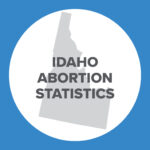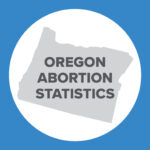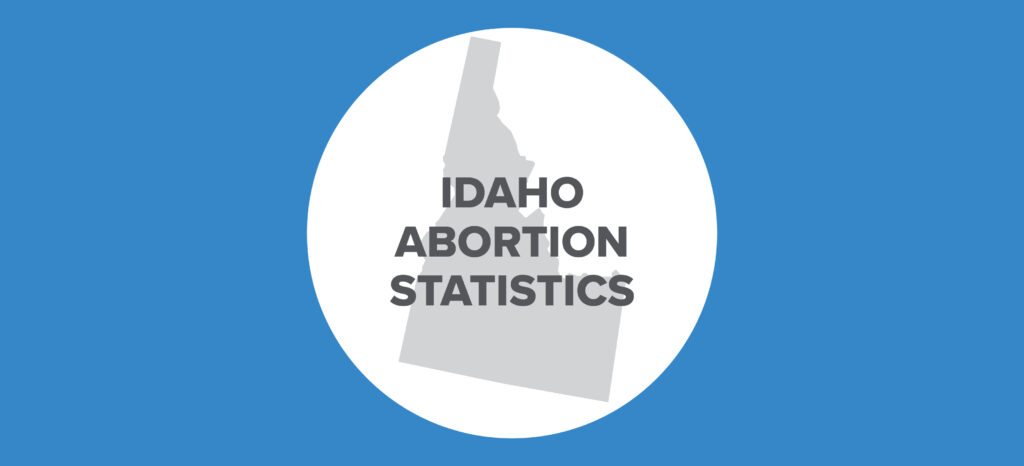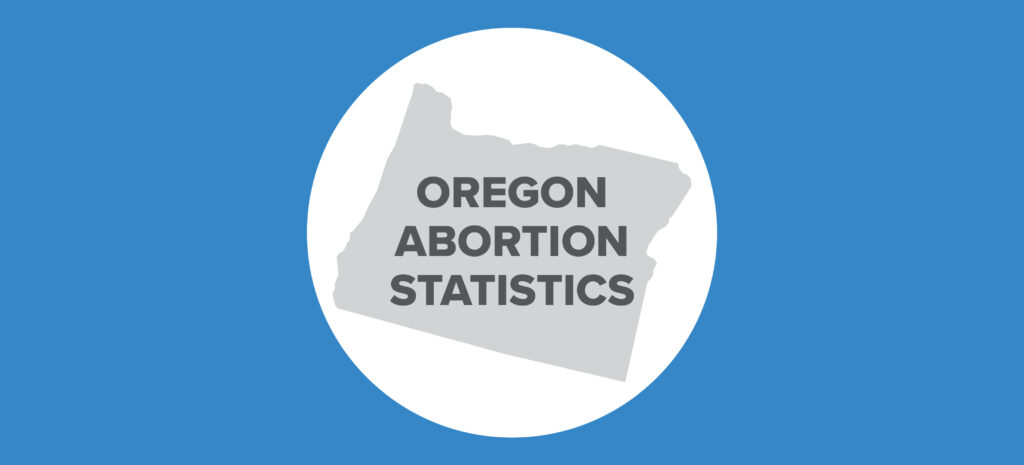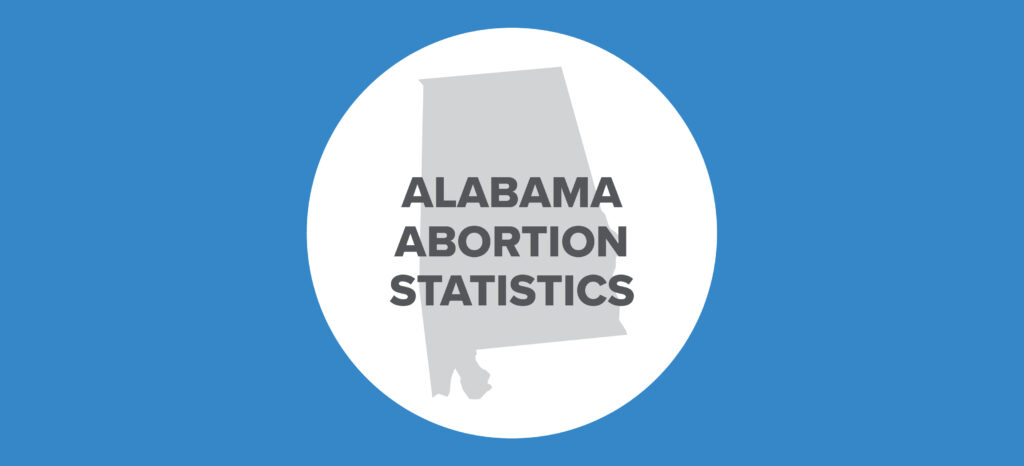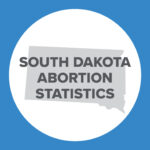Abortion Reporting: Alaska (2023)
Alaska released its 2023 abortion statistics online in February 2024. The report shows that abortions decreased from 2022. As of July 2024, 10 states had released 2023 abortion reports, with six showing decreases in abortion totals from the previous year. In Alaska’s 2023 abortion report, the state’s Department of Health offered slight corrections to its 2022 totals for overall abortions and drug-induced abortions.
Statistics and Changes in Alaska Abortions, 2022-2023

The report does not include information on Planned Parenthood’s abortion market share.
Abortion Totals and Trends
There were 1,222 abortions reported in Alaska in 2023, down 2% from 2022. Use of abortion drugs increased by 14%, making up 56% of the total in 2023 (Fig. 1). The Charlotte Lozier Institute (CLI) estimates that Alaska’s 2023 abortion rate was 8.5 abortions per 1,000 women ages 15 to 44, a decrease of 2% from 2022 (Fig. 2).1
State Report Summary
Alaska’s report cautions that “reported data may include terminations that were medically necessary to save the mother’s life or were not elective (such as ectopic or molar pregnancies) or where medication was provided to manage a miscarriage,” even though the Alaska Vital Statistics Act’s definition of “induced termination of pregnancy” excludes miscarriage management and ectopic pregnancies.
The vast majority of Alaska abortions (98%) were performed on state residents. Twenty-four abortions were performed on women from other states, while the state of residence was not reported for four abortions. Over half the abortions were obtained by women in their twenties, with 30% on women ages 20 to 24 and 25% on women ages 25 to 29. Thirty-two percent of Alaska abortions were performed on women in their thirties. Eleven percent of the abortions were performed on girls ages 19 or younger, and 3% were obtained by women ages 40 or older.
Under half of Alaska abortions, 48%, were obtained by white women. Twenty-seven percent were performed on American Indian/Alaska Native women, 7% on Asian/Pacific Islander women, and 8% on black women. Four percent of the abortions were obtained by women of multiple or other races, while race was not reported for 6% of the abortions. CLI estimates that the black abortion rate in Alaska was 18.7 abortions per 1,000 women ages 15 to 44, almost three times the white abortion rate of 6.6. The American Indian/Alaska Native abortion rate of 13.6 was two times the white abortion rate. Eighty-nine percent of the abortions were on non-Hispanic women and 3% were on Hispanic women, although ethnicity was not reported for 8%.
Most Alaska abortions were performed on women with 12 or more years of education: 50% were performed on women with 12 years of education, and 34% on women with 13 years or more. Eight percent of the abortions were obtained by women with fewer than 12 years of education, and 7% by women for whom level of education was not reported.
Twenty percent of Alaska abortions were on married women, and 73% on unmarried women. Marital status was not reported for 7% of Alaska’s abortions in 2023. Like the 2022 report, Alaska’s 2023 report explained that the marital status data contains a higher-than-average number of unknowns and that the state is working with abortion providers to improve reporting. The report does not describe the specific steps the state’s Department of Health has taken to improve reporting, as several categories of data have high percentages of unknowns.
Forty-nine percent of the abortions were obtained by women who had no previous live births, compared to 19% by those with one prior live birth and 32% by women with more than one. Sixty-four percent of the abortions were performed on women with no prior abortions. Twenty-three percent were performed on women with one previous abortion, and 14% on women with two or more prior abortions.
Forty-two percent of Alaska abortions were funded by state Medicaid. Six percent were covered by private insurance, and 35% were self-pay. Sixteen percent of the abortions were funded through some other means.
In 2023, there were zero abortions performed for the reason of a congenital anomaly prenatal diagnosis. Almost 20% of the women undergoing abortion received Alaska’s informed consent materials, which are offered as optional.
Twenty-nine percent of the abortions reported in Alaska occurred at six weeks of gestation or earlier. Forty-five percent were performed between seven and nine weeks, and 18% occurred between 10 and 13 weeks of gestation. Five percent of Alaska abortions were performed between 14 and 15 weeks, and 3% occurred from 16 to 17 weeks. There were no abortions reported after 17 weeks of gestation.
Fifty-six percent of reported Alaska abortions were drug-induced abortions, a 14% increase from 2022. The sharp increase in drug-induced abortions coincided with a decrease in suction curettage abortions. Thirty percent of reported Alaska abortions were performed using suction curettage. Fourteen percent of Alaska abortions were dilation and evacuation procedures. There was one sharp curettage abortion and one abortion performed using some other means.
Abortion Laws in Alaska
As summarized in CLI’s previous article on Alaska’s abortion data, abortion remains legal in the state up until birth. In the fall of 2023, a trial began in an Alaskan superior court as part of a 2018 lawsuit brought by Planned Parenthood’s Alaska affiliate against Alaska’s law establishing that only doctors – and no other healthcare providers – can perform abortions in the state. That law has not been enforceable since 2021 due to a preliminary injunction.
State Ranking
In CLI’s 2024 paper reevaluating abortion reporting across the United States, Alaska’s reporting tied for 17th best. Alaska could improve its reporting by ensuring that all abortions occurring in the state are reported, including those induced using abortion drugs mailed from out of state. Additionally, Alaska could require healthcare providers to report abortion-related complications they treat. Alaska should also focus on making sure that all data categories are complete and report the number of infants born alive after an attempted abortion, if any. Lastly, and because of the increased number of drug-induced abortions occurring in the state, the state should report the number of drug-induced abortions that occurred in abortion centers versus the number of women who received abortion drugs via the mail.
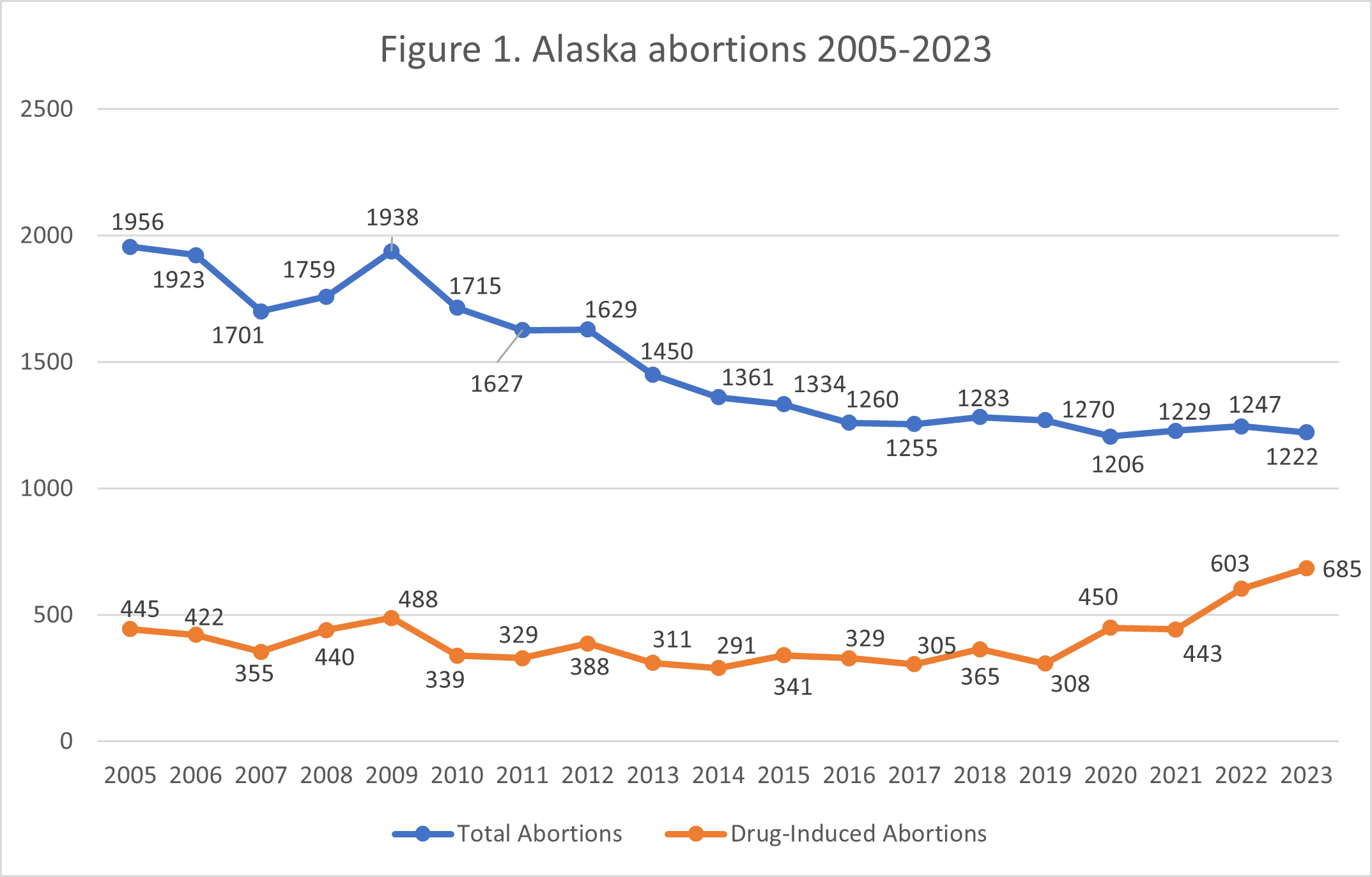

- National rates were calculated by the Guttmacher Institute. Alaska rates were calculated by CLI using the following formula: (total number of abortions performed in Alaska ÷ number of resident women ages 15-44 [based on most recent population estimates]) x 1,000. Rates may differ slightly from previous CLI articles due to revised population estimates. Population estimates were obtained from the CDC WONDER database. Estimates for 2005-2009 are intercensal estimates of the July 1 resident population. Estimates for 2010-2019 are Vintage 2020 postcensal estimates of the July 1 resident population. Estimates for 2020-2022 are Vintage 2022 postcensal estimates of the July 1 resident population. Estimates were produced by the U.S. Census Bureau and the National Center for Health Statistics. Rates for 2023 were calculated using the Vintage 2022 postcensal estimates because 2023 population estimates have not yet been released by the CDC.
Click here to view reporting from:2022202120202019201820172016










